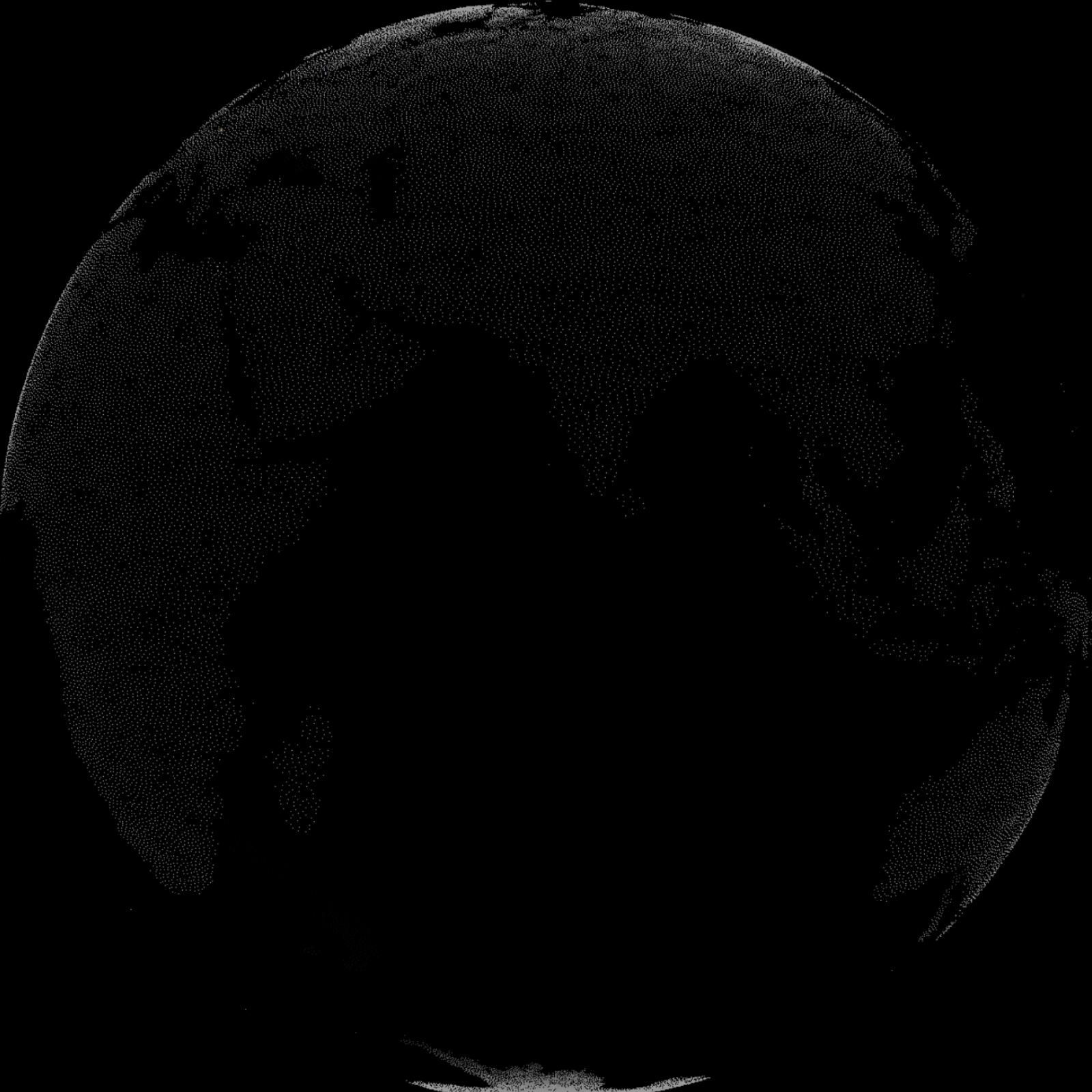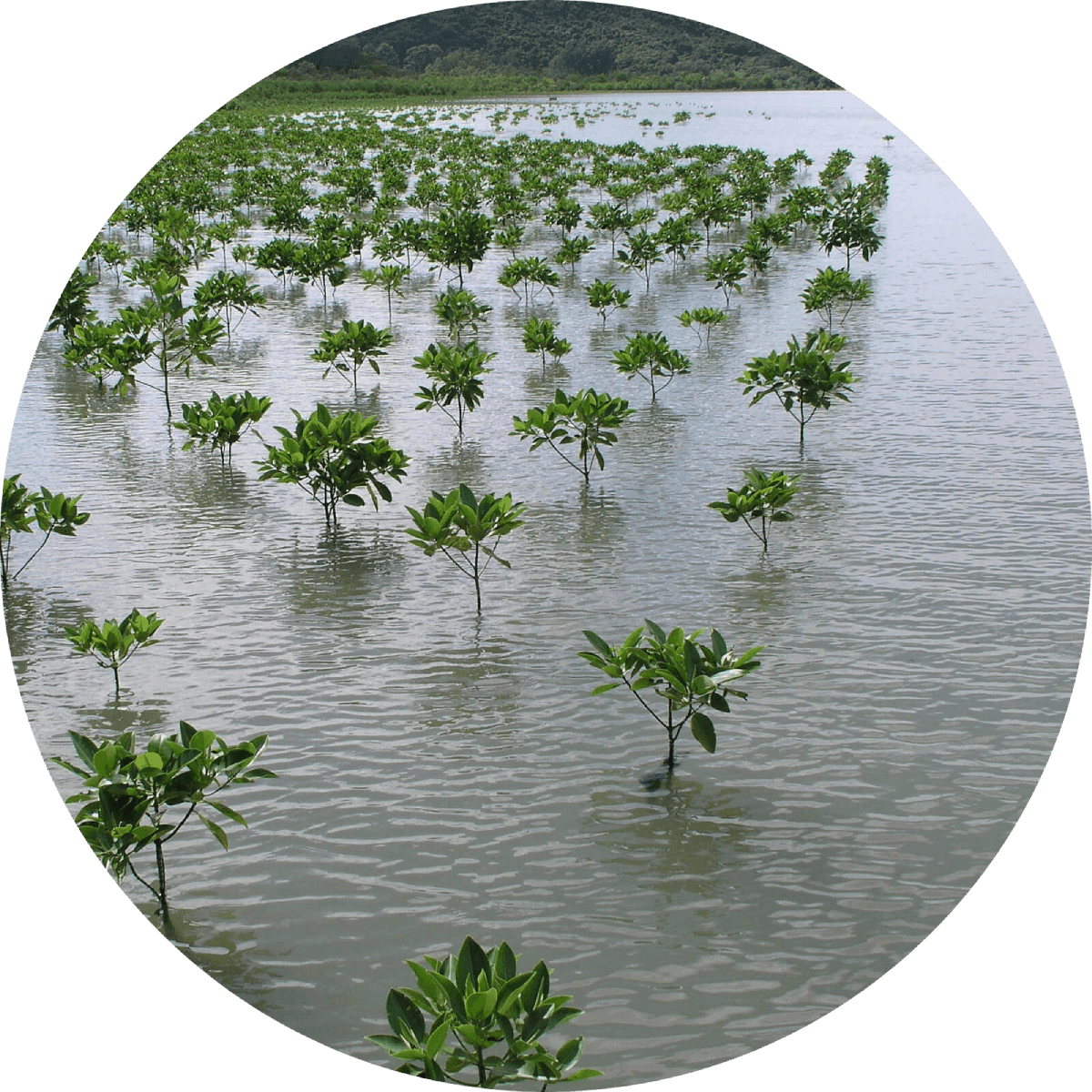"California, where earthquakes, droughts and wildfires have shaped life for generations, also faces the growing threat of another kind of calamity, one whose fury would be felt across the entire state. This one will come from the sky. According to new research, it will very likely take shape one winter in the Pacific, near Hawaii. No one knows exactly when, but from the vast expanse of tropical air around the Equator, atmospheric currents will pluck out a long tendril of water vapor and funnel it toward the West Coast . . . At times, the hill around Los Angeles could get nearly two inches of rain an hour . . . The coming superstorm — really, a rapid procession of what scientists call atmospheric rivers — will be the ultimate test of the dams, levees and bypasses California has built to impound nature’s might. But in a state where scarcity of water has long been the central fact of existence, global warming is not only worsening droughts and wildfires. Because warmer air can hold more moisture, atmospheric rivers can carry bigger cargoes of precipitation. The infrastructure design standards, hazard maps and disaster response plans that protected California from flooding in the past might soon be out of date."
“Years of tireless community organizing, advocacy, research and public education by frontline environmental justice organizations led to this historic vote . . . Today, Los Angeles – a city built on the world’s largest urban oil field – is turning away from its toxic past toward a more sustainable and just future.”
"A dead bird lies on the slanted pavement, its neck twisted in the shape of an ‘S’. In the distance, a lone man makes his way across a slippery concrete riverbed, now coated in algae. Occasionally, a piece of trash floats downstream, slowly advancing toward the Pacific. A pair of Canada geese pick through the trash, looking for food. On both sides, the riverbed is guarded by a steep, slanted slope. This is the tail end of the Los Angeles River, a waterway at risk . . . Today, the L.A. River is at a pivot point. Development, pollution, and poor management are significant threats to the river’s health. Earlier this year the environmental group American Rivers ranked the L.A. River as the 9th most endangered river in the country."
“The bacterium that causes citrus greening disease is a stealthy killer . . . that hinders fruit development, renders juice unpalatably sour, and eventually kills the tree—the course of citrus greening disease. The disease is asymptomatic for months, while the tree remains contagious. ‘You can’t see it, you don’t know it’s there, but [citrus greening disease] is a death sentence for citrus.’”
"The monarch butterfly fluttered a step closer to extinction . . . as scientists put the iconic orange-and-black insect on the endangered list because of its fast-dwindling numbers . . . In North America, millions of monarch butterflies undertake the longest migration of any insect species known to science."
“Low-income communities have for too long borne the brunt of the climate crisis. Our Green New Deal confronts that history of environmental injustice in practical ways — like bringing cool roofs, cool pavements, expanded tree canopy and other remedies to our hottest areas — that can make a real and direct impact in people’s lives as well as contribute to the long term change needed to safeguard our future. Your resilience to climate change should never be dictated by your zip code.”
“When mustard dries up in the summer months, it also creates fuel for quick-burning wildfires. Before the local plants have time to regrow following a burn, mustard seeds, which can remain active in the soil for up to 50 years, germinate once again, resulting in monocultures that have a ripple effect in the ecosystem.”
Research shows that across Southern California "inland urban heatwaves are rapidly increasing in frequency, duration, and intensity with a greater tendency toward more humid nighttime events—a trend likely to accelerate through the 21st century and linked to human-induced climate change."
"Kelp need our help. Which is why an unprecedented alliance of scientists, fishers, surfers, entrepreneurs, and experts is coming together to revive California’s vital kelp ecosystem, decimated by a warming ocean . . . Indeed, scientists call these fast-growing underwater forests the “sequoias of the sea” for their ability to store large amounts of carbon dioxide. By absorbing CO2 in the surrounding water, seaweed decreases acidification that can kill marine life. Through photosynthesis, kelp forests boost oxygen levels in the ocean while helping protect the coast from erosion by reducing the speed and size of waves. Kelp forests don’t just play a fundamental role in curbing climate change. Sea otters and some 800 other marine species depend on them, as do fishers in the state’s abalone and red urchin industries, now devastated by a purple urchin population explosion. Gray whales shelter their young in kelp forests. The algae can also be used as biofuel, and when fed to cows dramatically cuts planet-warming methane emissions from their burps."
"Not far from Santa Catalina Island, in an ocean shared by divers and fishermen, kelp forests and whales, David Valentine decoded unusual signals underwater that gave him chills . . . The robot made its way 3,000 feet down to the bottom, beaming bright lights and a camera as it slowly skimmed the seafloor. At this depth and darkness, the uncharted topography felt as eerie as driving through a vast desert at night. And that’s when the barrels came into view. Barrels filled with toxic chemicals banned decades ago. Leaking. And littered across the ocean floor . . . DDT — the all-but-indestructible compound dichlorodiphenyltrichloroethane, which first stunned and jolted the public into environmental action — persists as an unsolved and largely forgotten problem . . . The contamination in sea lions and dolphins continues to stump scientists, and the near extinction of falcons and bald eagles shows how poisoning one corner of the world can ripple across the whole ecosystem.
"Lung-damaging ozone pollution in Los Angeles reached its highest levels in a generation and set records in other parts of Southern California . . . Air quality officials said the high pollution readings were a result of intense heat combined with stagnant weather conditions and winds that were too weak to sweep away much pollution. Temperatures in Los Angeles County exceeded 120 degrees Sunday for the first time on record, thanks to a high-pressure system that also trapped dirty air close to the ground and allowed smog levels to build up . . . In the big picture, climate change is an underlying cause of the increase in smog, according to air quality experts. Scientific studies have found that rising temperatures are making smog harder to control by speeding up the photochemical reactions that generate ozone gas. And wildfires, which are growing more intense and destructive with the warming climate, only spew more smog-forming pollutants into the air."
"I can actually feel me riding out of the heat. When I get to a certain place when I'm on my way, I'll turn off my air and I'll roll my windows down . . . It just seems like the sun is beaming down on this neighborhood."
"[T]he U.S. Army Corps of Engineers, partnering with the City of Los Angeles and conservation groups, is poised to launch the largest coordinated restoration effort of the Los Angeles River to date. The Corps recently completed a plan to remove three miles of river-killing concrete and enhance an 11-mile run through the Elysian Valley, a stretch called the Glendale Narrows . . . The Corps plan would recreate 719 acres of wetlands, remove three miles of concrete to create new riparian habitat, and re-establish a confluence with a stream called Verdugo Wash . . . No matter how the Los Angeles River is restored, thinking about the river differently and embracing its presence — rather than dismissing it as a drainage ditch — is a teachable moment for Southern California. Even a partially restored river will provide an escape from Los Angeles’ overwhelming urbanism and will perform some important ecological functions."
"Los Angeles is the nation’s water archvillain, according to public perception, notorious for its usurpation of water hundreds of miles away to slake the thirst of its ever-expanding population . . . Recently, however, Los Angeles has reduced its reliance on outside sources of water. It has become, of all things, a leader in sustainable water management, a pioneer in big-city use of cost-effective, environmentally beneficial water conservation, collection and reuse technologies . . . One sign of Los Angeles’s earnestness is its success in conservation: The city now consumes less water than it did in 1970, while its population has grown by more than a third, to 3.9 million people from 2.8 million."


Learn about Maya Lin’s fifth and final memorial: a multi-platform science based artwork that presents an ecological history of our world - past, present, and future.

Discover ecological histories and stories of former abundance, loss, and recovery on the map of memory.

Learn how we can reduce our emissions and protect and restore species and habitats – around the world.

See how art can help us rethink the problems we face, and give us hope that each one of us can make a difference.

Help make a global memorial something personal and close to home. Share your stories of the natural world.